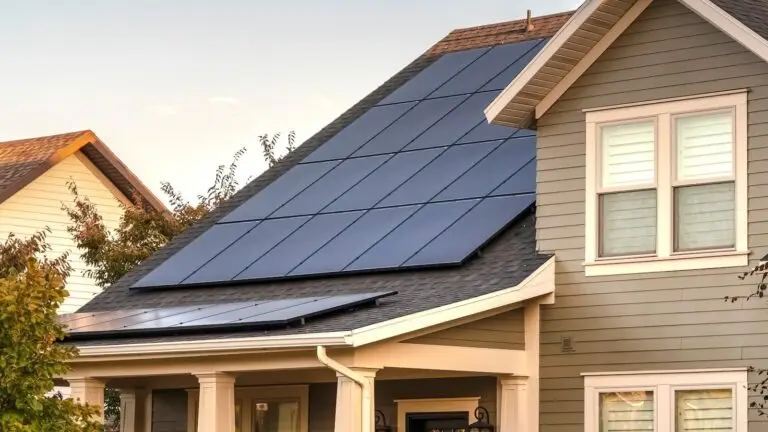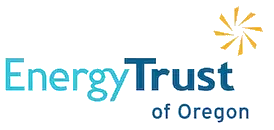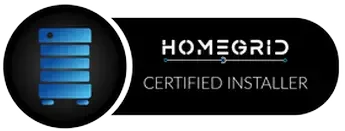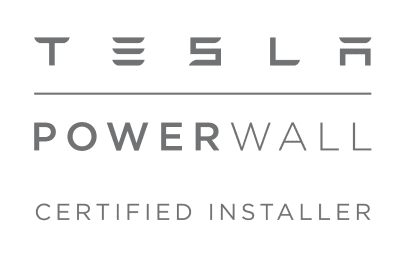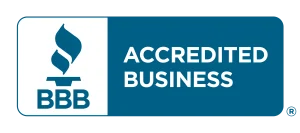“How does solar financing actually work and how long does the process take?”
At Summit Solar and Battery, we help customers across Southern Oregon turn their clean energy goals into reality, and a big part of that involves helping them understand their options.
Whether you want to pay upfront or explore creative financing solutions, this guide breaks down how homeowners actually fund their solar panel systems — with pros, cons, and what to expect from each approach.
Solar installation comes with various financial incentives and options available for homeowners. Installing solar panels involves several considerations, including local rebates, financing options, and potential savings over time.
What Are Ways to Pay for Solar Power for My Home Affordably?
Below, we outline 9 common ways homeowners cover the cost of a solar PV system, along with a quick comparison chart to help you decide what works best.
1. Paying in Cash (Out-of-Pocket)
If you can afford the upfront cost, according to EnergySage, the average cost of an 11 kW solar panel installation in the U.S. is $29,360 before federal tax credits and $20,552 after applying the 30% federal tax credit.1
Paying in cash provides the best return on investment. You’ll own the system outright, skip interest payments, and qualify for all rebates and tax credits.
- Best for: Homeowners with savings looking for long-term ROI
- Not ideal if: You need to preserve cash flow
2. Solar Loans
A solar loan lets you spread payments over 5–20 years with fixed monthly payments. Many solar installers (like Summit) work with lenders that specialize in solar-specific loans — often with low interest and no upfront payments.
- Best for: Homeowners who want ownership without paying upfront
- Note: You still qualify for tax credits and incentives
3. Home Equity Loans or HELOCs
If you’ve built up equity in your home, you may be able to borrow against it to fund your solar project. These loans typically have lower interest rates than personal loans and may be tax-deductible.
- Best for: Homeowners with significant home equity and stable income
- Watch out for: Closing costs and putting your home at risk if you default

4. Mortgage Refinance or Energy Efficient Mortgage (EEM)
Some homeowners choose to refinance their mortgage and roll the cost of the solar system into the new loan. Others use special energy-efficient mortgage programs that let you borrow extra for renewable energy upgrades.
- Best for: Homeowners refinancing anyway or qualifying for an EEM
- Not ideal if: Current mortgage terms are already favorable
5. Solar Leases
With a lease, you don’t own the system. Instead, you pay a monthly fee to “rent” the solar panels. The solar company installs, owns, and maintains them — you just enjoy the energy savings.
- Best for: Homeowners with poor credit or no interest in ownership
- Drawbacks: You don’t receive tax incentives or boost home equity
6. Power Purchase Agreements (PPAs)
Similar to a lease, a PPA means you don’t own the system — but instead of a fixed lease fee, you pay a per-kWh rate for the electricity it produces (usually lower than your utility rate).
- Best for: Homeowners ineligible for ownership or incentives
- Note: PPA rates may increase over time, and ownership benefits are lost
7. Credit Cards
While not common for the full cost, some homeowners use credit cards for down payments or smaller solar + battery projects. Look for 0% APR intro offers, but be cautious of high interest rates.
- Best for: Short-term bridge financing or supplemental coverage
- Not ideal for: Large system costs or if you can’t pay off quickly
8. Local Incentive or Utility Financing Programs
In some cities and counties, utility companies or local governments offer solar loans, rebates, or Property Assessed Clean Energy (PACE) financing, which lets you repay solar costs via property taxes.
- Best for: Those in areas with strong local solar support
- Tip: Check with a certified installer like Summit Solar and Battery or Energy.gov
9. Grants and Solar Incentive Stacking
In addition to the federal solar Investment Tax Credit (ITC), you may qualify for2
:
- State-level rebates
- Utility cash-back programs
- Income-based grants
- Battery storage incentives
Combining incentives can reduce your cost by 30–50% or more.
- Best for: Homeowners willing to apply and stack incentives
- Note: Some incentives only apply to system owners (not leases or PPAs)
Comparing Solar Financing Options
| Option | Ownership | Upfront Cost | Monthly Payments | Qualifies for Tax Credit? | Key Consideration |
| Cash Purchase | Yes | High | No | Yes | Best ROI, no interest |
| Solar Loan | Yes | Low–Medium | Yes | Yes | Low interest, ownership with payments |
| Home Equity Loan / HELOC | Yes | Low–Medium | Yes | Yes | Tied to your home |
| Mortgage Refinance / EEM | Yes | Varies | Yes | Yes | Good during a planned refinance |
| Lease | No | None | Yes | No | Lower barrier, but no ownership benefits |
| Power Purchase Agreement (PPA) | No | None | Yes | No | Pay for energy only, not the system |
| Credit Card | Yes/No | Varies | Yes | Possibly | High interest risk |
| Local Financing Programs | Yes/No | Varies | Yes | Varies | Regional availability varies |
| Incentive Stacking | Yes | Reduces Cost | N/A | Yes | Must qualify and apply |
Final Thoughts: Which Option Is Right for You?
Ultimately, how you fund your solar project depends on your credit score, cash flow, home equity, and long-term goals. At Summit Solar and Battery, we walk every customer through their options — whether you’re ready to pay in cash, explore financing, or see if local incentives apply.
Want help figuring out your best path to solar?
Contact Summit Solar and Battery today to schedule a free solar consultation.
- EnergySage. (n.d.). Solar panel cost in the U.S. Retrieved April 23, 2025, from https://www.energysage.com/local-data/solar-panel-cost/
- Solar Energy Industries Association. (n.d.). Solar investment tax credit (ITC). Retrieved April 23, 2025, from https://seia.org/solar-investment-tax-credit/
The information provided in this blog is for general educational purposes only and does not constitute professional financial, tax, or legal advice. Incentives, rebates, and tax credits vary by location and are subject to change. Always consult a licensed tax advisor or financial professional to determine your individual eligibility. Additionally, total solar PV system infrastructure, and any required electrical upgrades must be evaluated during an onsite estimate by a licensed technician to determine feasibility and final cost.


